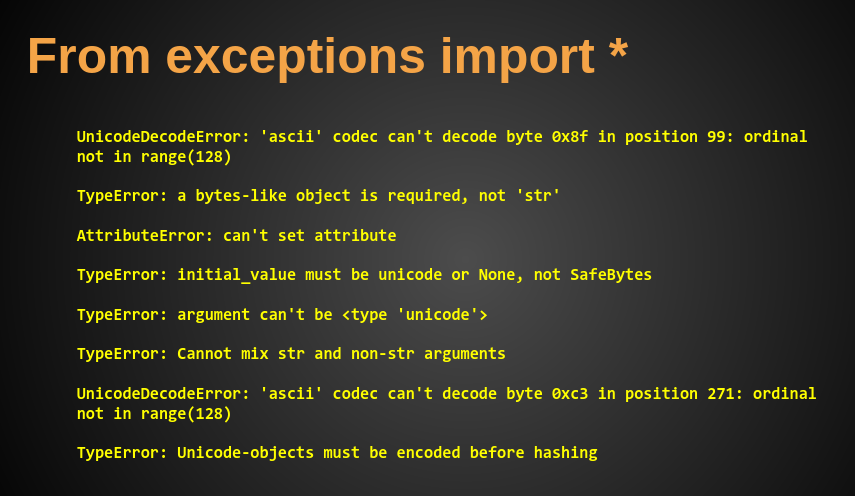Static files for Python apps behind CDNs: WhiteNoise
(Note: this post presumes you have, or want, a CDN in front of your site, which not everybody does. If you are satisfied without one, this post may be moot for you.)
I recently came across WhiteNoise, “Radically simplified static file serving for Python web apps”.

